Following the selloff in US stocks overnight, Asian markets opened generally lower today but losses are so far limited. China Shanghai SSE hit as low as 2872.83 but quickly pared losses to 2893.35, down only -0.36%. Yuan also recovers mildly with USD/CNH back below 6.9 handle at 6.895, down from yesterday’s high at 6.9189.
The current round of US-China trade war is settled there with news US tariffs effect last Friday and Chinese retaliation ready for June 1. Next to come are tariffs on essentially all other Chinese imports, with public hearing on June 17 at USTR. For today, focus will turn to UK job data and German ZEW first.
Overnight, DOW dropped to as low as 25222.51 but ended just down -2.38% or -617.38 pts at 25324.99. S&P 500 lost -2.41% while NASDAQ suffered more and dropped -3.41%. What’s more serious is treasury yields. 10-year yield dropped to as low as 2.389 then closed down -0.050 at 2.405. 3-month yield closed at 2.395. Thus, 3-month-10-year curve is technically not inverted.
In the currency markets, New Zealand Dollar, Euro and Australian Dollar are the strongest one for today so far, recovering. Yen and Swiss Franc are weakest, digesting this week’s rally. For the week, Swiss Franc and Yen are the strongest without a doubt, followed by Euro. Aussie and Loonie are the worst, followed by Sterling.




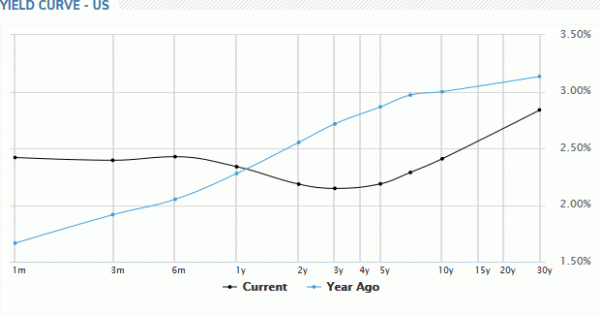
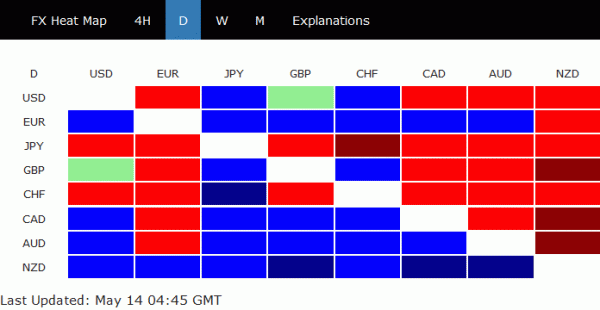
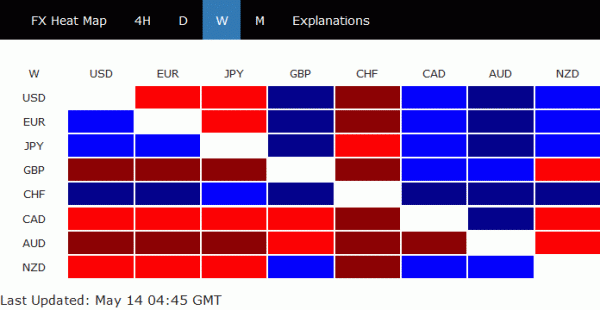
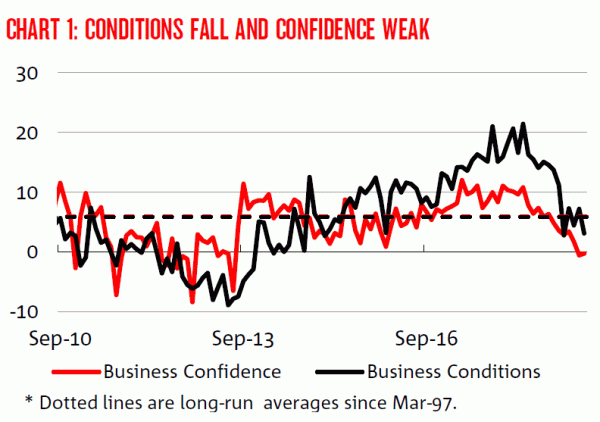

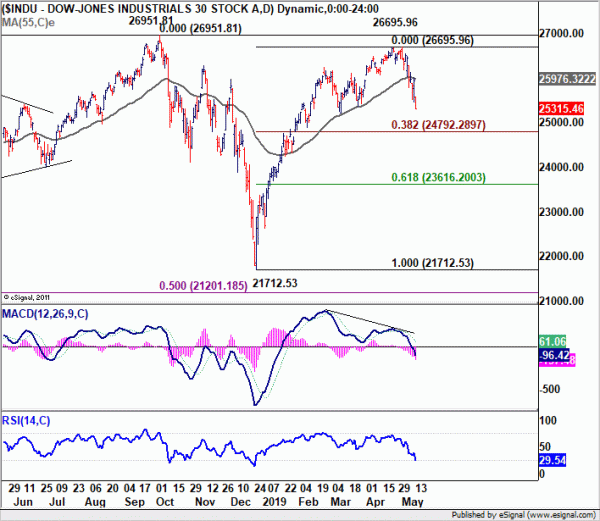
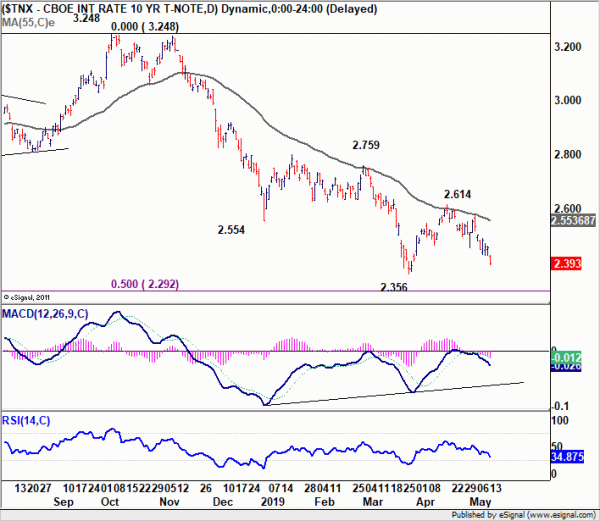
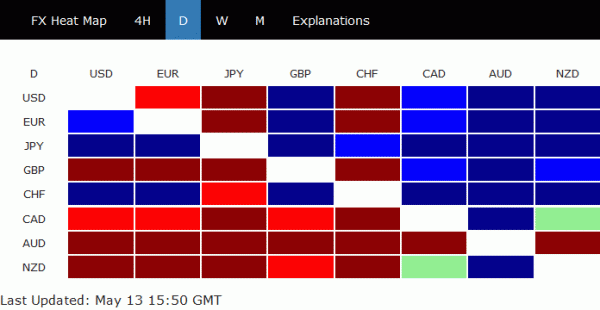
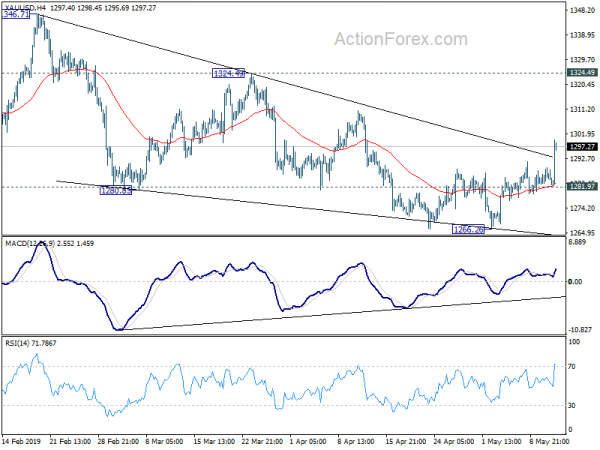
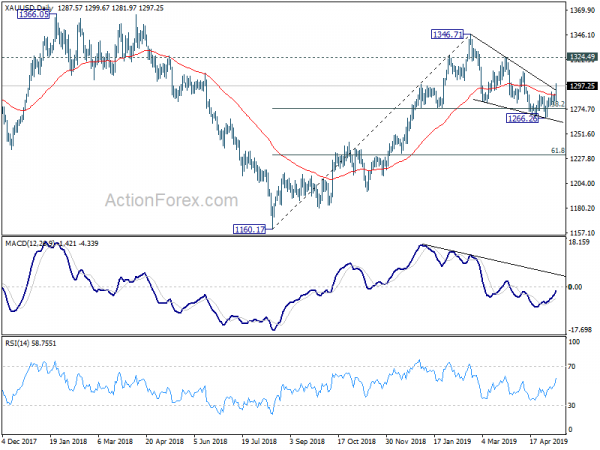
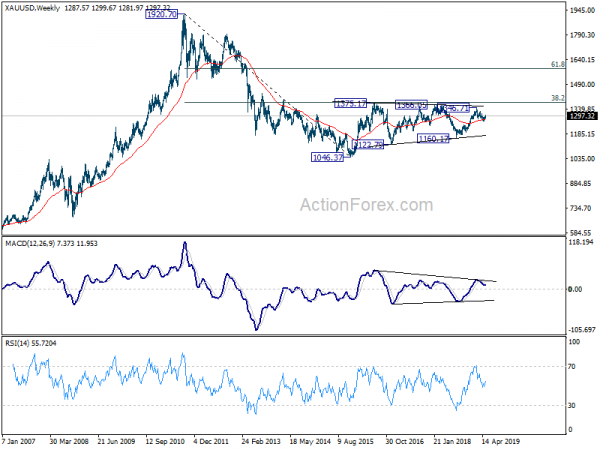
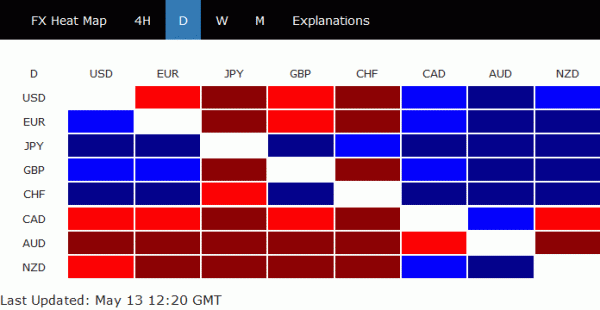

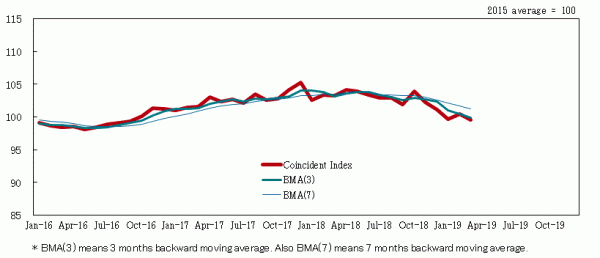
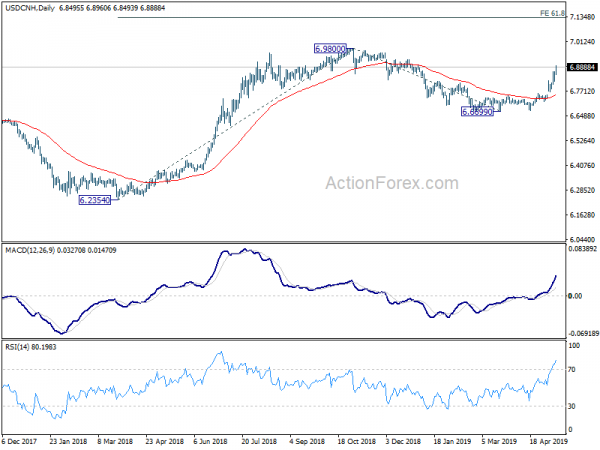

UK unemployment rate dropped to 44-year low, but wage growth slowed
UK unemployment rate dropped to 3.8% in March, down from 3.9% and beat expectations. That’s a 44-year low since 1974. Overall employment rate was 76.1%, joint highest on record since 1971.
However, wage growth slowed with average weekly earnings including bonus rose 3.2% 3moy, down from 3.5% 3moy and missed expectation of 3.4% 3moy. Weekly earnings excluding bonus also slowed to 3.3% 3moy, down from 3.4% 3moy, matched expectations.
Full release here.